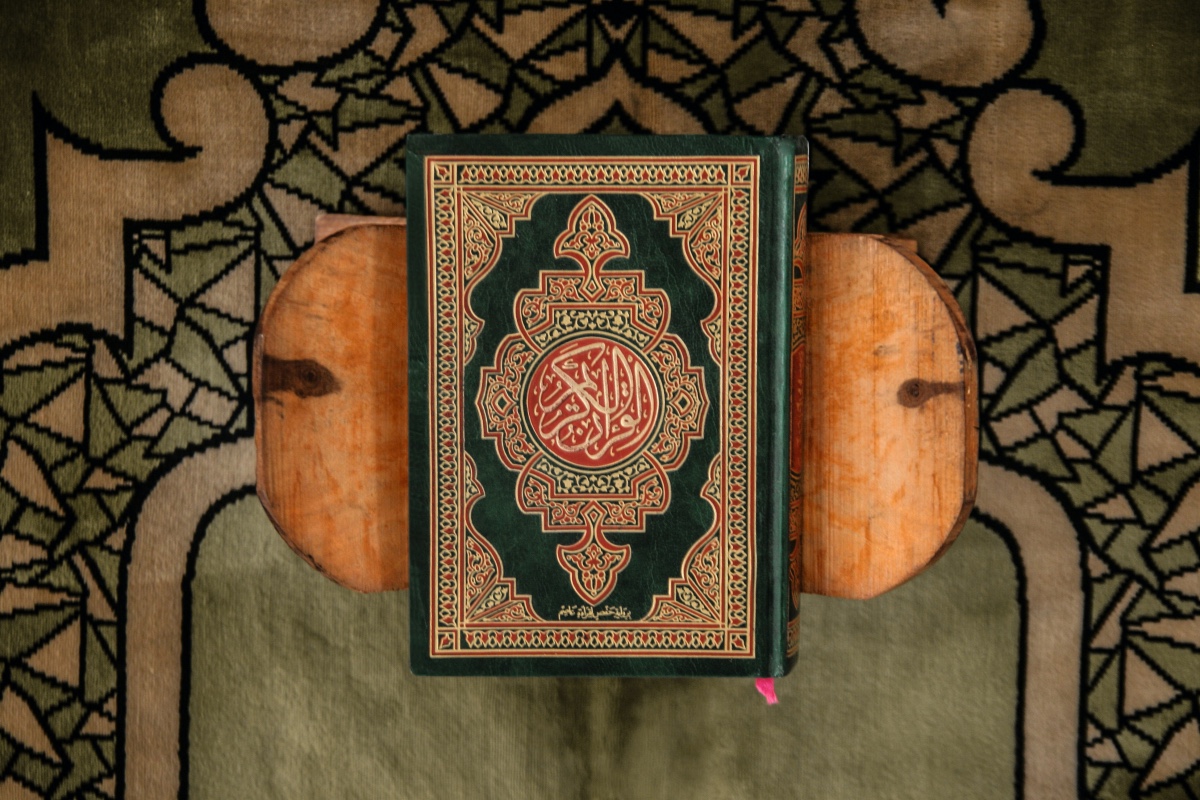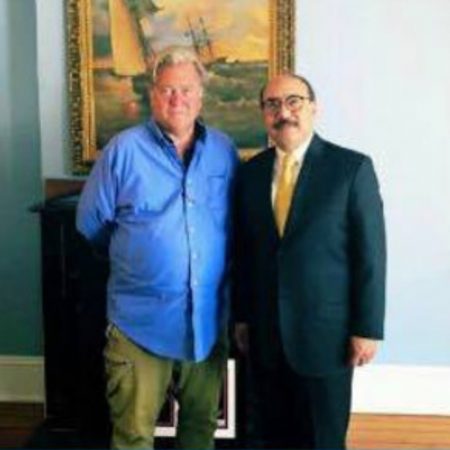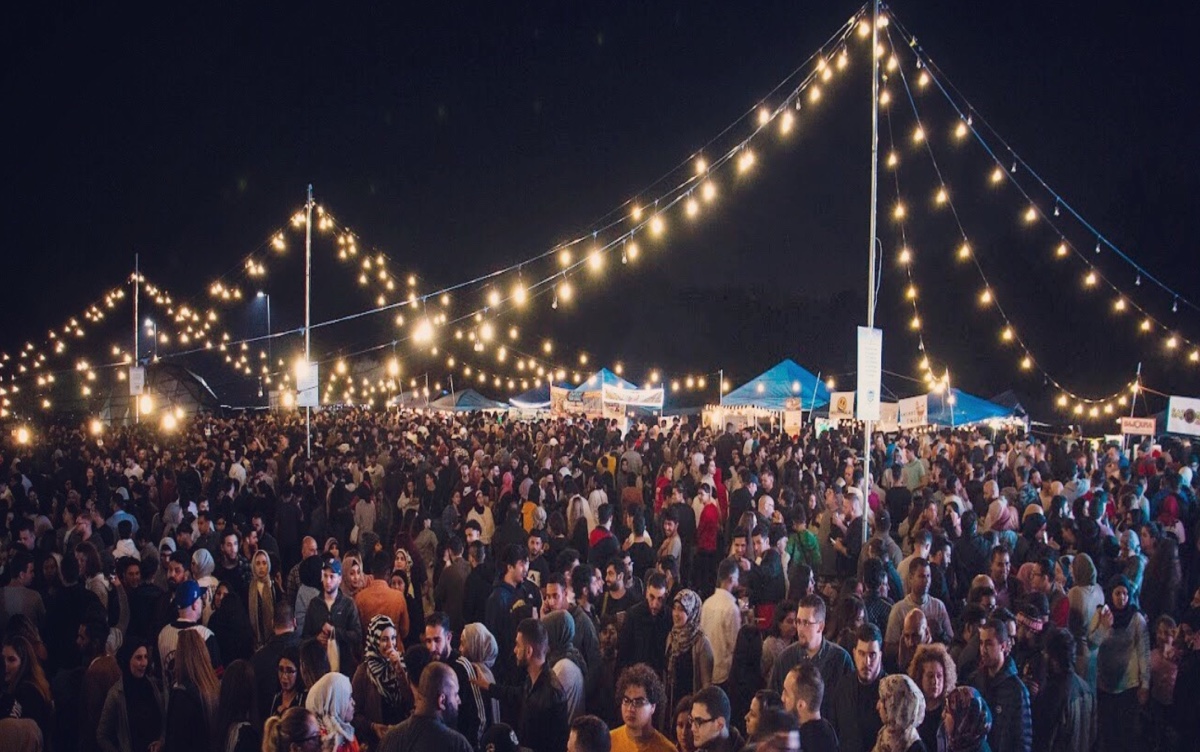Istanbul to Lisbon: A Passage Through Time
By Syed Ahmad
Travelling through 15 cities in 5 countries (Nov. 15 – Dec.15, 2013) can have a dizzying effect on one’s senses. Nevertheless, one gets a kaleidoscopic view of history, culture, arts and architecture. Each country has its own story to tell beginning from its glorious or murky past to the known present. The historical trajectory shows however, that the past and the present appear to be intertwined and interwoven into the experiences of each country.
Turkey
 |
Fig.1 – The beautiful Blue Mosque in Istanbul, Turkey, built during 1609-1616 AD by Sultan Ahmet. |
The city of Istanbul in Turkey, where the journey begins, reminds us of its past glory and the power of the Ottoman Empire which dominated half the world from the Balkans in the East to Egypt in the West. One is overawed by the splendor of the Dolmabashe Palace which used to be the residence of powerful Sultans, the finely crafted glorious Blue Mosque (Sultan Ahmet Mosque) (Fig. 1), the Topkape palace with its rare collections of Muslim heritage, the Sulaimanya mosque, the mosque of Hazrat Ayub and the Hagia Sophia (Fig.2). The Hagia Sophia is a reminder that Istanbul at one time used to be the seat of the Byzantine Empire (330 AD-1453 AD). The city used to be known as Byzantium, later renamed as Constantinople after the emperor Constantine. The cathedral known as Hagia Sophia was built on the orders of Byzantine Emperor Justinian in the sixth century AD. This was converted to a mosque after the city was conquered by the Ottomans in 1453, but one can still see the images of Christ and the Apostles in certain sections of the structure in spite of the fact that images are not customarily displayed in mosques. This must be due to the respect for Christianity which is recognized by Islam as an Abrahamic religion. At present Hagia Sophia serves as a museum, but not as a mosque.
There are sites of religious interest in Turkey as well. The Ayubia Mosque in Istanbul is named after a Sahabi (companion of Prophet Mohammad), Hazrat Ayub who participated in the early conquests of Islam and fell in one of the battles. It is said that the mosque was built at the same place that he died. The most famous place in this respect is the city of Konya where the tomb of Jalaluddin Rumi (1207-1273 AD) (Fig.3) is situated. Mevlana (Mawlana in Pakistan), as he is called lovingly, is the famous Sufi poet known worldwide. His followers founded the Mewlewi Sufi Order in honor of the Sufi poet. The city of Konya itself has an aura of peace and tranquility and is famous for its whirling dervishes. Every Saturday they celebrate Sebe Arus (the night of Rumi’s union with God) at the Mevlana Cultural Center in recognition of his spiritual attainments. Another famous mystic who lies buried in Konya is Shams Tabrizi. His spirituality is well known in the Muslim world. He was renowned as a travelling dervish and said to have the capability of disappearing at will. Sometimes he was called Shams ‘perinde’ (bird). He is known to have visited Multan in Pakistan as well. It is said that Shams Tabrizi guided Mevlana Rumi to reach the pinnacle of spiritualism.
The city of Ankara is the city of Kamal Ataturk whose name is firmly engraved in the history of modern day Turkey. The country is vibrant, and appears to be in consonance with modern day Europe, yet still preserving its Muslim heritage. Ataturk must be credited with eliminating the retrogressive “Taliban†mentality of keeping women behind walls and out of schools, and requiring men to abandon all things of Western origin – political, philosophical and cultural.
Greece
Moving from Istanbul to the west, Athens and Delphi in Greece takes you to the days of Greek mythology. The temples of Acropolis (Fig. 4) and Delphi are a reminder of the elaborate system of Greek mythology, gods and goddesses, and sacrificial alters. The whispering winds of Delphi temples and unintelligible mutterings of its priests used to be the source of hope and despair for individuals and communities. On the other hand, Greece gave letters to the world. Its glittering parliament building reminds us that Greece was the birthplace of Western democracy and a beacon for Western intellectualism. The names of such intellectual giants as Plato (424-347 BC), Socrates (469-399 BC), and Aristotle (384-322 BC) spring to mind. It reminds us of Alexander the Great (336 – 323 BC), who having put Aristotle in chains went about conquering the world. He established a kingdom extending from Macedonia to Egypt and to the Indus River in India in the south as well as in Persia. The city of Alexandria in Egypt bears testimony to the sway of the Greek empire. Its conquest left an enduring cultural and intellectual imprint around the world.
Italy
Further west is Rome in Italy. The city is a walking museum. The ruins of the coliseum (Fig.5), the castles, the forts and sculptures are testimony to the former grandeur of the Roman Empire (30 BC – 1453 AD). The name of Julius Caesar, the great dictator monarch needs no introduction. They say that Rome was not built in a day. This can be appreciated when one comes face to face with the realities of the past. It appears that the Roman Empire covered much of the known world including the Middle East. Forts, coliseums and public baths of Roman origin are seen all across Europe to the end of the land at Cabo del Roca in Portugal. Italy has left a lasting legacy in arts, architecture and culture around the world. It is still a symbol of fashion the world over- the land of Lamborghini, Vespa and the film Roman Holiday.
Rome above all is the citadel of Roman Catholicism and its Pope, the Vatican with its Basilica, the Sistine Chapel and its invaluable collections of art. The Pope, although he does not have any political stature, carries immense moral authority around the world at large.
To the south lies the great port city of Naples and Pompeii. Naples gained its superior status relatively recently. Pompeii used to be the Roman port with all the Roman trappings, its architecture, promenade, public baths and even a ‘Soho’ district to cater to the sailors’ appetite for fun. Alas, the city now lies in ruins. The structures, houses, the walls and the streets are all preserved for visitors to walk around and to ponder on the unforgivable fury of nature. The nearby, Mount Vesuvius one day (79 AD) erupted vehemently, spewing lavas and ashes hundreds of feet high in the air. When the dust settled down, the town was buried in 20 ft of ashes, houses burnt and people frozen because of sudden dehydration. Once a thriving city, it was turned into a ghost town overnight (Figs.6 & 7). The destruction was cataclysmic and of Biblical magnitude. The city remained buried for 1500 years in ashes until it was rediscovered. Now it is a UNESCO world heritage site.
North of Naples is situated the romantic city of Florence locally known as Ferencia; its railway station is called Ferencia – Santa Maria Novella. It has the privilege of hosting the mortal bodies of several luminaries of Italian renaissance such as – Galelli Galelio (1564-1642), Michelangelo (1475-1564 AD) and Machiaville (1469-1527) in the Basilica of Santa Groce (Fig. 8). Not too far away from the city of Florence is the town of Pisa where Galelio was born. Galelio used to attend the mass in the cathedral situated near the tower of PISA. He was more attentive to the oscillations of the chandelier in the church rather than in the hymns. Strangely enough, the town gained its fame because it has a crooked tower. One might say who cares about a crooked tower, but apparently people do. Thousands and thousands of people go to visit the leaning tower, not to pay respect to the luminaries, I am sure! Initially, the tower was built a couple of stories high and was found to be leaning on one side. The name of the architect who built the initial structure is not inscribed, may be for obvious reasons. They tried to add additional towers, and also excavate under the structure in order to balance the load distribution so that it will become straight. But all the King’s horses and all the King’s men could not put the tower straight. So, we still have a leaning tower with no indication that it is going to fall down any time soon. It is good for the tourism industry that the Tower of Pisa (Fig. 9) stays the way it is.
Venice (Fig.10), the city of Casanova, Columbus and canals is remarkable. It reminds you of the Shakespearean play the “Merchant of Veniceâ€. It is the city surrounded by water; buildings are erected in blocks but there are no paved streets. Instead, there are water ways – canals, and boats are the only means of transportation. Negotiating the canals by gondola is romantic way of taking a city tour. Restricted water circulation in and around narrow canals is responsible for fetid smell which disappears as one comes out into broader waterways. Magnificent squares and bridges, its long arcade of fashionable shops provide additional attractions. Venice had extensive trading by sea with the Byzantine Empire and the Muslim world but was eventually left behind when Vasco de Gama and Columbus discovered the sea routes to India and the Far East and began operating large seaworthy vessels. Venice was an enlightened city, and took pride in not prosecuting intellectuals for “heresy’.
Further north is the city of Milan probably the most fashion conscious city of Italy. Its glittering buildings and nice Cathedral, broad boulevard and fashionable shopping areas are testimony to its being a hip city. It is not easy to say goodbye to Milano as it is known to Italians, but we had to move on.
Spain
Barcelona in Spain offered a multicultural and multiethnic setting with a large tourist crowd. It has its fare share of nice beaches but the month of December was a little too cold for this attraction. The city takes pride in Antoni Gaudi’s sculptured garden blended into the landscape. The other edifice of note is the Gaudi’s Cathedral (Fig. 11), the likes of which is seen nowhere in the world. Its architecture and design inside and out is simply out of this world. Its extraordinary tall spires appear to be communicating with the cosmos; while the acoustics inside (Fig. 12) are subliminal providing an atmosphere where one feels in harmony with eternity.
Andalusia, a province in Southern Spain, is remarkable in the annals of Muslim history. It is in this part of Spain that Arabs and Moors had established a Muslim State which endured for almost 7 centuries (711-1492). Several cities in this province became very famous because of new Moorish craftsmanship, arts and architecture. Seville (called Sevilla, and pronounced Seviiaa locally), the mosque of Cordova (Fig. 13) and the Alhambra Palaces in Granada (Figs. 14, 15, 16, & 17) represented the show cases of Muslim glory in Spain. When I entered the mosque in Cordova, I was politely asked by the guard to take off my hat. I immediately realized that the mosque has been converted into a cathedral. My mind was still wandering in the past-no doubt that the time had changed. In Alhambra, they had built a network of aqua ducts with slow flowing water, fountains and aquariums located in and around the palaces. The gentle flowing water through the aqua ducts as well as the fountains generated soothing natural music. The entire Palace system was interspersed with lush green gardens. The walkways were paved with washed pebbles arranged in patterns of leaves, flowers and other geometrical features. They surely had built a little paradise on earth. Seville is a large city developed around a river with well a known University of international fame, as well as a science and technology museum. Torre Del Oro (Gold Tower) located on the river bank is an excellent landmark.
The Muslim saga of 700 years in Spain ended when Emir Mohammad XII, the last Sultan of Granada surrendered at the hands of Christian Queen Isabella I of Castile and her husband Alfonso II. The paradise was lost! The cloud of sorrow and grief hung low over Andalusia, the soothing murmur of gentle flowing water in aqueducts and fountains of the Alhambra palaces turned into vailing sobs, and the beautifully decorated oranges on the trees along the city streets lost their sweetness in mourning for the departing Moors. The myth has it that the oranges on these trees turned sour once the Moors left. The Sultan looked back at Al-Hambra with grief; his eyes welled up with tears. His accompanying mother snapped why are you crying like a woman over that which you could not protect like a man? There will be no more Muslims in Spain and no more Azan (call for prayers); and there will be no more Granada of al-Yahud (the Jewish Quarters). All will be buried under the shifting sands of time. It is a strange coincidence of history that the Byzantium fell in the hands of Ottomans in1452, and soon after, the Moorish rule in Spain came to an end in 1492.
Portugal
The last stop, but certainly not the least, on the itinerary was the magical city of Lisbon, locally known as Lisboa, the land of Fatima, a shrine to the Virgin Mary, the enchanting town of Cascais, and the romantic Sintra hills surrounded in mists and fogs of memories. This is also the land of Vasco da Gama (1460 -1524) who discovered the sea route to India and the Far East. Like Spain, it has a rich heritage of Moorish culture, forts and palaces. The enchanting town of Cascais provides a favorite retreat. The romantic Pena National Palace (Fig.18.) built on top of Sintra hills is an amazing blend of Moorish and Spanish architecture. The palace is built around a preexisting monastery and preserves the living quarters of the King and Queen with its entire memorabilia. It is said that the palace was built by the King out of love for his Queen. It reminds us of the Taj Mahal in India. The scenic Cabo del Roca at the edge of the Atlantic Ocean (Fig.19) is the western most land of Continental Europe where you can buy a certificate testifying that you have been at its most western edge… Luckily, we did not fall in that folly!
16-19













2014
886 views
views
0
comments